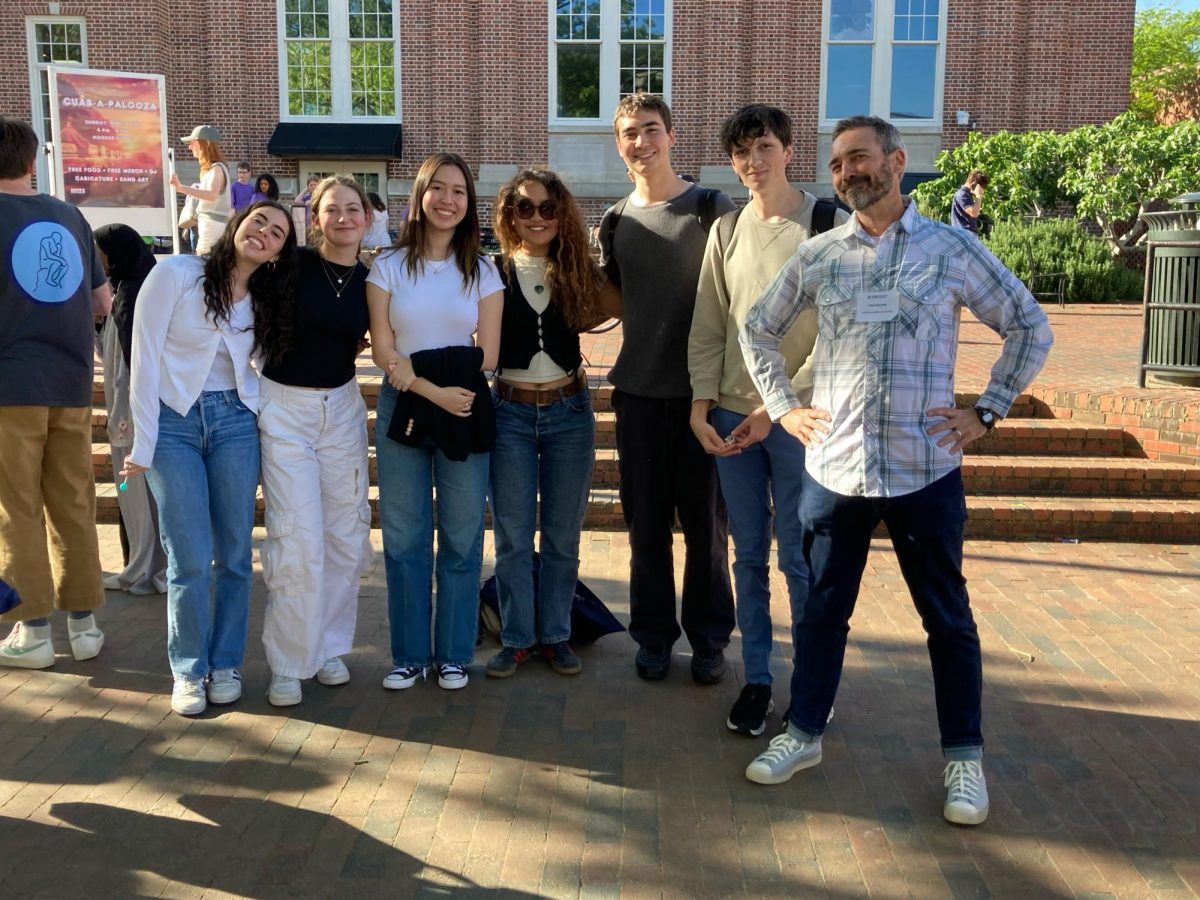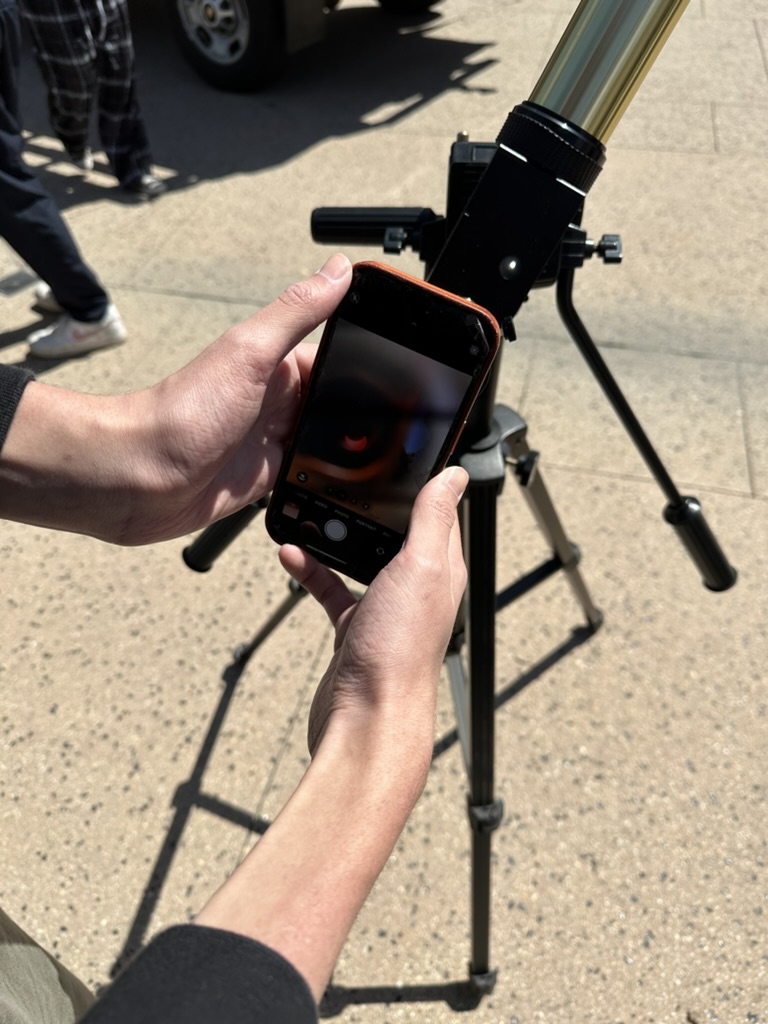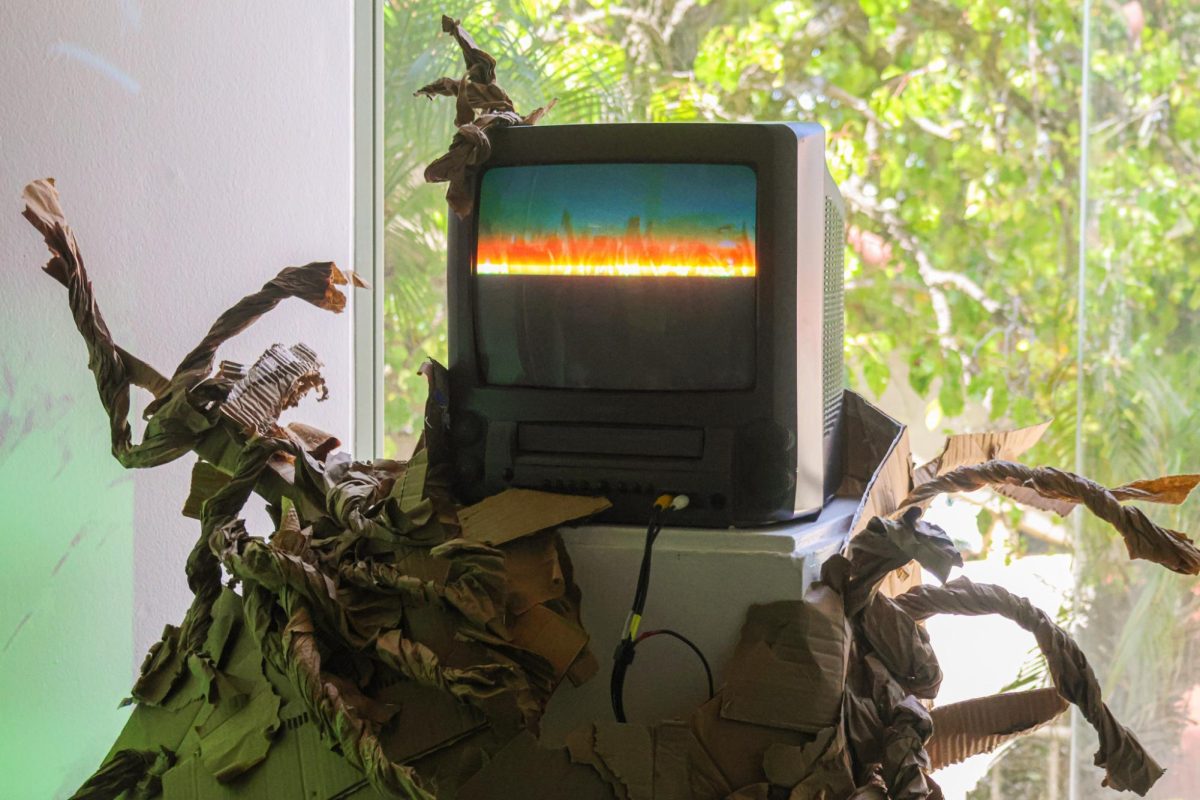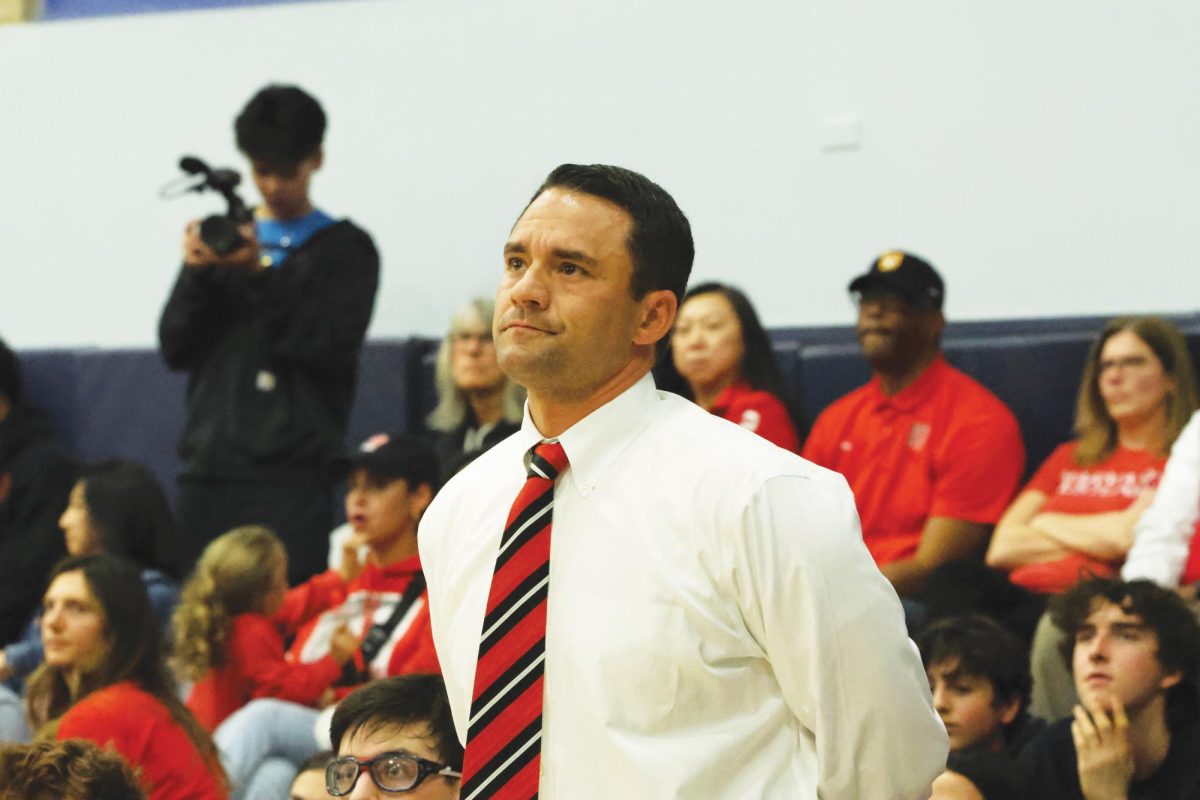Richmond began his career as a messenger boy for Pathway News. After declining an editor position, he worked for Danziger Studio and Bray Studios. After helping out with the movie “Call Me Bwana,” Richmond went on to work on a film in Israel. There he met cinematographer Nicolas Roeg, who hired him as a member of the camera crew on “Doctor Zhivago” in 1965.
“You need a lot of luck in this business,” Richmond said. “I always happened to be in the right place in the right time.”
Of the more than 85 movies Richmond has worked on, “Doctor Zhivago” resonated the most, he said, in part because he got to work with director David Lean.
“Of all of the directors I’ve been around, he’s the most complete director,” Richmond said. “Film is a visual medium, and he was a master of that.”
Richmond said that while filming, Lean “treated actors like marionettes” and had total control. Richmond described a day in which Lean was absent from set and had the prop man come to his hotel room to turn it into an entirely black environment.
“That was his screen,” Richmond said. “He didn’t come out of there until he could see the image.”
Despite referring to Lean as “an extraordinary man,” Richmond said he disliked him out of loyalty to Roeg who was fired from “Doctor Zhivago.”
“The movie could only be cut one way, his way,” Richmond said.
Richmond described the film as a “massive undertaking.” Lean started the movie in December of 1964 and finished it for Oscar submissions of 1965, Richmond said. It won five awards that year, including best adapted screenplay for Robert Bolt’s script. It cost $20 million to make, approximately $250 million by today’s standards.
“With the enormity of the project, you just couldn’t do it today,” Richmond said.
Kennedy Corrin ’14 said she was particularly interested in learning about these types of production specifics.
“I want to be in television production specifically, but it’s always nice to hear from the film side,” Corrin said. “They both kind of go hand in hand.”
After “Doctor Zhivago,” Richmond went to work on major motion pictures such as “Don’t Look Now,” “The Sandlot” and “Legally Blonde.”
“There’s a lot of fun in the movie business,” Richmond said. “It’s something that shouldn’t be taken too seriously.”





































